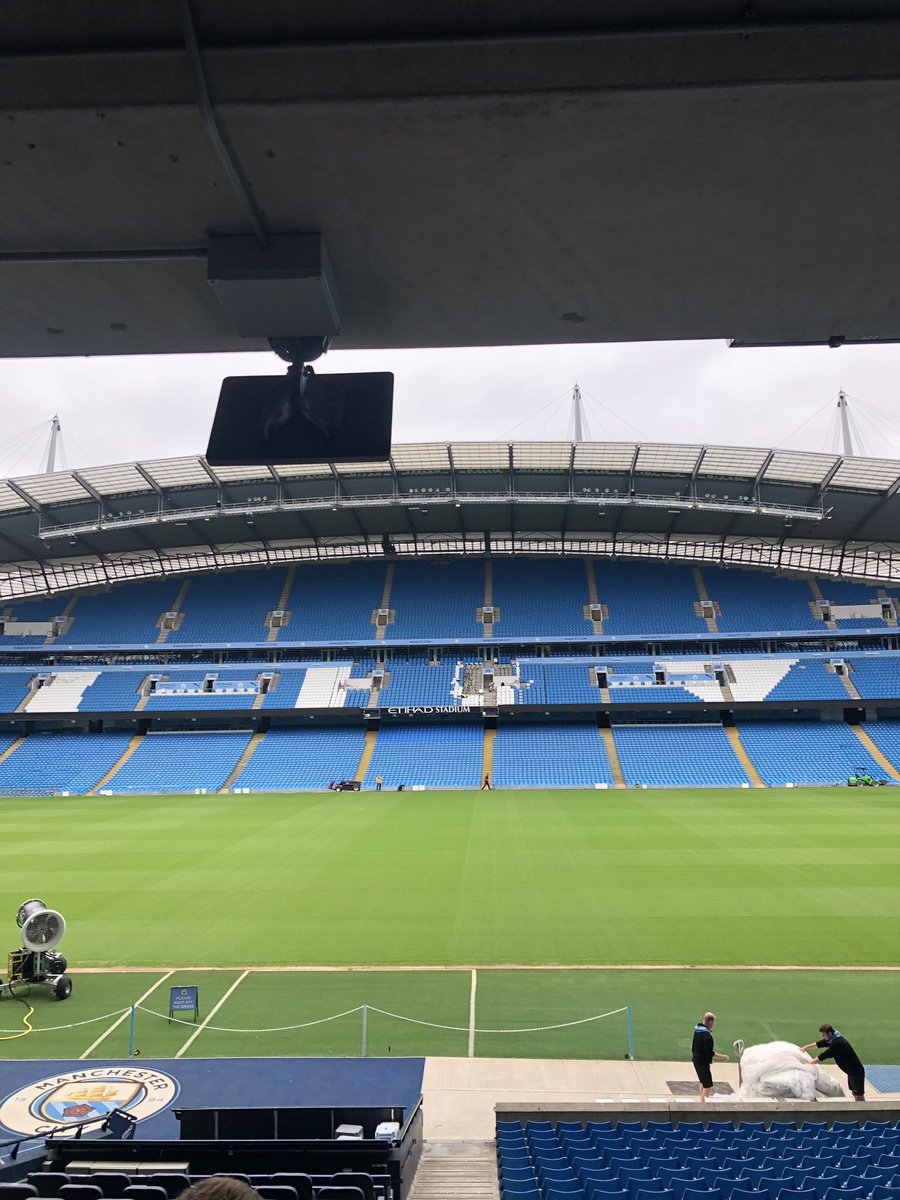nmc
Well-Known Member
I think Bayern edged them out when they got relegated. ****z.
1860 sold their share of the stadium to Bayern a few years ago when the decline set in... and moved out - to be fair the Allianz became too big for them as they tumbled down the leagues.


